Introduction
Blanched Choy Sum with Oyster Sauce, known in Cantonese cuisine as Bai Zuo Cai Xin, is a dish that embodies simplicity, freshness, and the essence of Cantonese cooking philosophy. This humble yet elegant preparation highlights the natural sweetness of tender choy sum (Chinese flowering cabbage) while enhancing it with a savory oyster sauce glaze. A staple in Cantonese households and restaurants alike, this dish is celebrated for its vibrant green hue, crisp texture, and the harmonious balance of flavors. Whether served as a side dish for a family meal or as part of a banquet, blanched choy sum is a testament to the beauty of minimalist cooking. In this comprehensive guide, we will explore the history, ingredients, and techniques required to recreate this classic dish in your own kitchen.
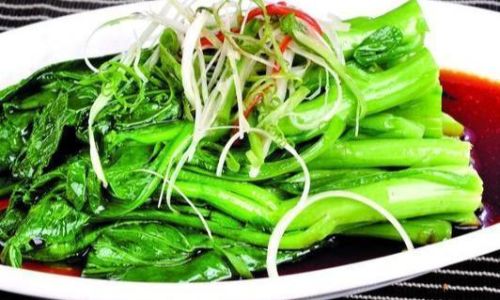
The Origins and Cultural Significance
Choy sum, or yóu cài in Mandarin, is a leafy green vegetable native to China. Its name translates to “vegetable heart,” a nod to its tender stems and buds. The blanching technique, bai zuo, is a cornerstone of Cantonese cooking, emphasizing the preservation of the ingredient’s natural color, texture, and nutrients. Unlike stir-frying or deep-frying, blanching involves briefly cooking the vegetable in boiling water, followed by a quick shock in ice water to halt the cooking process. This method ensures the choy sum retains its vibrant green color and crisp-tender bite.
In Cantonese culture, blanched vegetables symbolize purity and health, often served during festive occasions like Chinese New Year to signify prosperity and renewal. The dish’s simplicity also reflects the Cantonese culinary principle of yum cha (dim sum), where the focus is on highlighting the quality of ingredients rather than masking them with heavy seasonings.
Ingredients: The Foundation of Flavor
To create an authentic blanched choy sum with oyster sauce, you will need the following ingredients:
- Choy Sum (500g): Choose fresh, crisp choy sum with vibrant green leaves and firm stems. Avoid wilted or yellowing leaves, as they indicate age or mishandling.
- Oyster Sauce (3 tbsp): A thick, umami-rich sauce made from oysters, soy sauce, sugar, and salt. Opt for a premium brand for the deepest flavor.
- Sesame Oil (1 tsp): Adds a nutty aroma and richness to the dish.
- Garlic (4 cloves), finely minced: Infuses the sauce with aromatic depth.
- Ginger (1-inch piece), julienned: Enhances the dish with a subtle spiciness.
- Vegetable Oil (2 tbsp): Used for frying the garlic and ginger.
- Salt (1 tsp): For seasoning the blanching water.
- White Pepper (a pinch): Optional, for a mild heat.
- Cornstarch (1 tsp) mixed with 2 tbsp water: To thicken the sauce.
- Chicken or Vegetable Stock (¼ cup): For a richer sauce base.
Equipment Checklist
- Large pot for blanching
- Slotted spoon or tongs
- Ice bath (a bowl of ice water)
- Small saucepan
- Mixing bowl
- Whisk (for cornstarch slurry)
Step-by-Step Preparation
Preparing the Choy Sum
- Trim the ends: Remove ½ inch from the base of each choy sum stem to eliminate tough fibers.
- Separate the stems and leaves: Gently tear the leaves from the stems. This ensures even cooking, as stems take longer to soften than leaves.
- Rinse thoroughly: Submerge the choy sum in a basin of cold water, swirling to dislodge any dirt. Repeat until the water runs clear.
Blanching the Vegetables
- Boil water: Fill a large pot with 6 cups of water and bring to a rolling boil. Add 1 tsp salt to season the water and enhance the vegetable’s natural flavor.
- Blanch in batches: Add the choy sum stems first, cooking for 1 minute. Add the leaves and cook for an additional 30 seconds. Overcooking will result in a mushy texture and dull color.
- Shock in ice water: Immediately transfer the blanched choy sum to the ice bath. This halts the cooking process and locks in the vibrant green hue.
- Drain and pat dry: Remove the choy sum from the ice bath and gently pat dry with a clean kitchen towel. Excess moisture can dilute the sauce.
Crafting the Oyster Sauce Glaze
- Sauté aromatics: Heat 2 tbsp vegetable oil in a small saucepan over medium heat. Add the minced garlic and julienned ginger, stirring until fragrant (30 seconds). Avoid browning, as this imparts bitterness.
- Add oyster sauce and stock: Pour in the oyster sauce and ¼ cup stock. Stir to combine, then reduce the heat to low.
- Thicken the sauce: Whisk in the cornstarch slurry (1 tsp cornstarch + 2 tbsp water). Cook for 1-2 minutes until the sauce thickens to a syrupy consistency.
- Finish with sesame oil: Remove from heat and stir in 1 tsp sesame oil. This adds a final layer of aroma.
Assembling the Dish
- Arrange the choy sum: Neatly pile the blanched vegetables on a serving platter, stems facing inward for an aesthetically pleasing presentation.
- Drizzle the sauce: Spoon the warm oyster sauce glaze over the choy sum, ensuring even coverage.
- Garnish: For added texture, sprinkle with toasted sesame seeds or thinly sliced red chili.
Tips for Perfecting the Dish
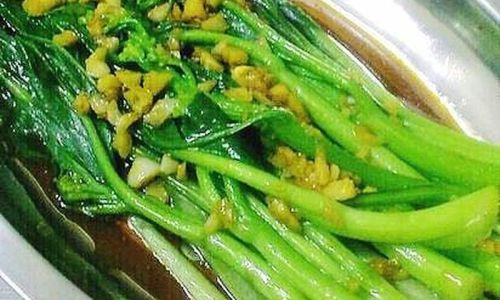
-
Mastering Blanching Technique
- Use a large pot to prevent overcrowding, which can lower the water temperature and result in uneven cooking.
- Test for doneness by piercing a stem with a knife—it should yield slightly but retain crispness.
-
Enhancing the Sauce
- For a vegetarian version, substitute oyster sauce with mushroom-flavored soy sauce or hoisin sauce.
- Add a splash of Shaoxing wine to the sauce for depth, but omit if cooking without alcohol.
-
Troubleshooting Common Issues
- Soggy vegetables: Overcooking is the primary culprit. Stick to the recommended blanching times.
- Bland flavor: Ensure the blanching water is adequately salted, and adjust the sauce seasoning to taste.
- Cloudy sauce: If the cornstarch slurry isn’t fully dissolved, it may create lumps. Whisk vigorously before adding.
Variations and Creative Twists
While the classic recipe is timeless, experimentation can yield exciting results:
- Ginger-Scallion Oil: Replace oyster sauce with a mixture of fried ginger, scallions, and light soy sauce.
- Spicy Kick: Add a teaspoon of chili oil or fresh bird’s-eye chili to the sauce.
- Cheese Lover’s Twist: Grate Parmesan over the dish for a fusion of East and West.
- Vegan Delight: Use a vegan oyster sauce alternative and agave syrup instead of sugar.
Health Benefits of Choy Sum
Choy sum is a nutritional powerhouse, offering:
- Vitamins: Rich in vitamin A (for eye health), vitamin C (immune support), and folate (cell repair).
- Minerals: Contains calcium, iron, and potassium.
- Fiber: Promotes digestion and satiety.
- Low Calorie: A 100g serving contains just 14 calories, making it ideal for weight management.
Serving Suggestions
Blanched choy sum pairs beautifully with:
- Steamed Rice: The sauce’s richness complements the rice’s neutral flavor.
- Congee: A comforting addition to rice porridge.
- Roasted Meats: Balances the richness of Peking duck or char siu pork.
- Dim Sum Feast: Serve alongside har gow (shrimp dumplings) and siu mai (pork dumplings).
Cultural Nuances: The Role of Blanched Vegetables
In Cantonese dining, vegetables are not mere side dishes but integral components of a balanced meal. The act of blanching reflects Confucian ideals of moderation and respect for nature’s bounty. During Lunar New Year, blanched vegetables symbolize growth and prosperity, while their vibrant color is believed to ward off negative energy.
Conclusion
Blanched Choy Sum with Oyster Sauce is more than a recipe—it’s a celebration of culinary tradition and the art of simplicity. By mastering the blanching technique and balancing flavors, you can recreate the essence of Cantonese home cooking in your kitchen. Whether you’re a seasoned cook or a novice, this dish offers a gateway to exploring the depth of Chinese cuisine. So, gather your ingredients, embrace the rhythm of the wok, and savor the satisfaction of a meal prepared with care and intention.
Final Note: Practice makes perfect. Don’t be discouraged if your first attempt isn’t flawless. Adjust the seasoning, experiment with sauces, and soon you’ll find yourself blanching vegetables with the confidence of a Cantonese chef. Bon appétit!
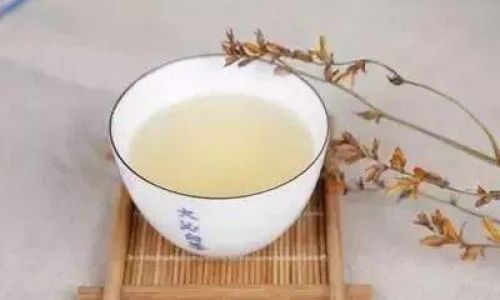
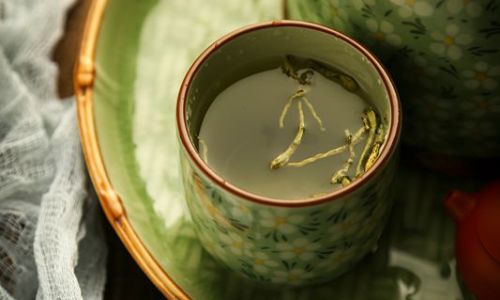
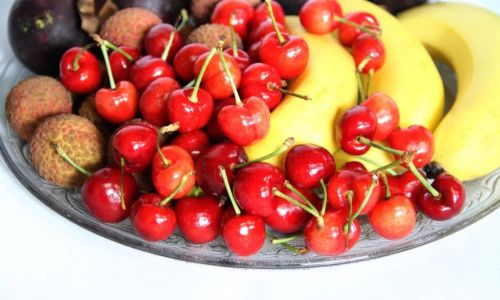
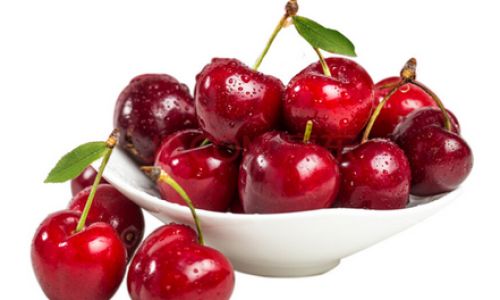
0 comments